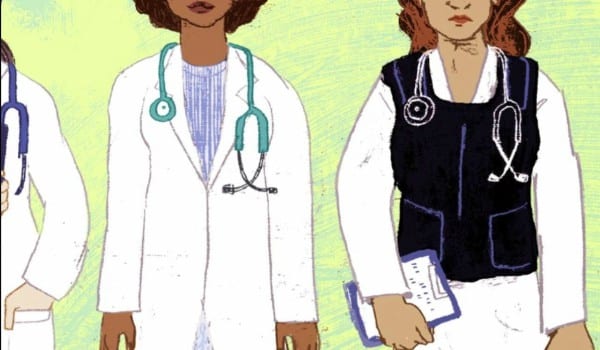
by Asvini K Subasinghe, Seema Deb, Danielle Mazza
BMJ Sexual and Reproductive Health 2019(December) (Open access)
Abstract
Background – Despite the availability of medical abortifacients, and their potential use in primary care, only a small proportion of primary healthcare professionals provide medical abortion services. Understanding the perspectives of primary care providers on delivering medical abortion is pertinent to identifying barriers to medical abortion service provision and increasing access for women globally.
Objective – To understand the knowledge, attitudes and practices of primary healthcare providers regarding medical abortion services.
Design – Four databases (Medline, EMBASE, Web of Science (WOS) and Scopus) were searched using search terms related to medical abortion and primary care. The Joanna Briggs Institute Critical Appraisal tools were used to appraise the methodological quality of studies included.
Results – Some 22 studies were identified, conducted across 15 countries, comprising 6,072 participants. Study participants comprised doctors and residents (n=8), nurses and nursing students (n=5), and pharmacists (n=3) and six studies were conducted with mixed samples of providers. Medical abortion was deemed acceptable by some doctors, but fear of criminal prosecution, in countries where abortion is still restrictive, left doctors and nurses circumspect about providing medical abortion. Pharmacists referred women to other providers with only a small proportion dispensing medical abortifacients. General practitioners, nurses and trainees had mixed knowledge of medical abortion and emphasised the need for training on the delivery of medical abortion and dissemination of guidelines. Conversely, pharmacists reported poor knowledge regarding medical abortion regimens and complications.
Conclusions – Increased dissemination of training and resources is pertinent to supporting primary care providers delivering medical abortion services and to increasing access for women on a global scale.
From Table 1 and the main text:
The countries/years the studies came from were: Italy/Sweden (1991), Turkey (2012), Northern Ireland (2001), Australia (2017), Australia (2019), Australia (2013), USA (2012), USA (2005) Mexico/Puerto Rico/Honduras/Nicaragua (2004), Kenya (1992), USA (2004), USA (1998), Australia (2016), Vietnam (2012), Bangladesh (1981), Scotland (2017), Kenya (2016), Senegal (2017), USA (1995), USA (2005), USA (1994), Turkey (2018).
The studies included interviews with a wide range of healthcare professionals, e.g. nurses, doctors, pharmacy workers, family physicians, surgeons, gynaecologists, students, sonographers, internists, paediatricians, and family planning providers.
Editor’s note: A weakness of this review, however, is that 11 of the 22 studies included were from the USA (7) and Australia (4), and all the studies were carried out over the period 1981 to 2018, during which so much has changed in regard to medical abortion use and knowledge.
VISUAL: by Eleanor Doughty, Vice, 2015



